Hydroponic Systems
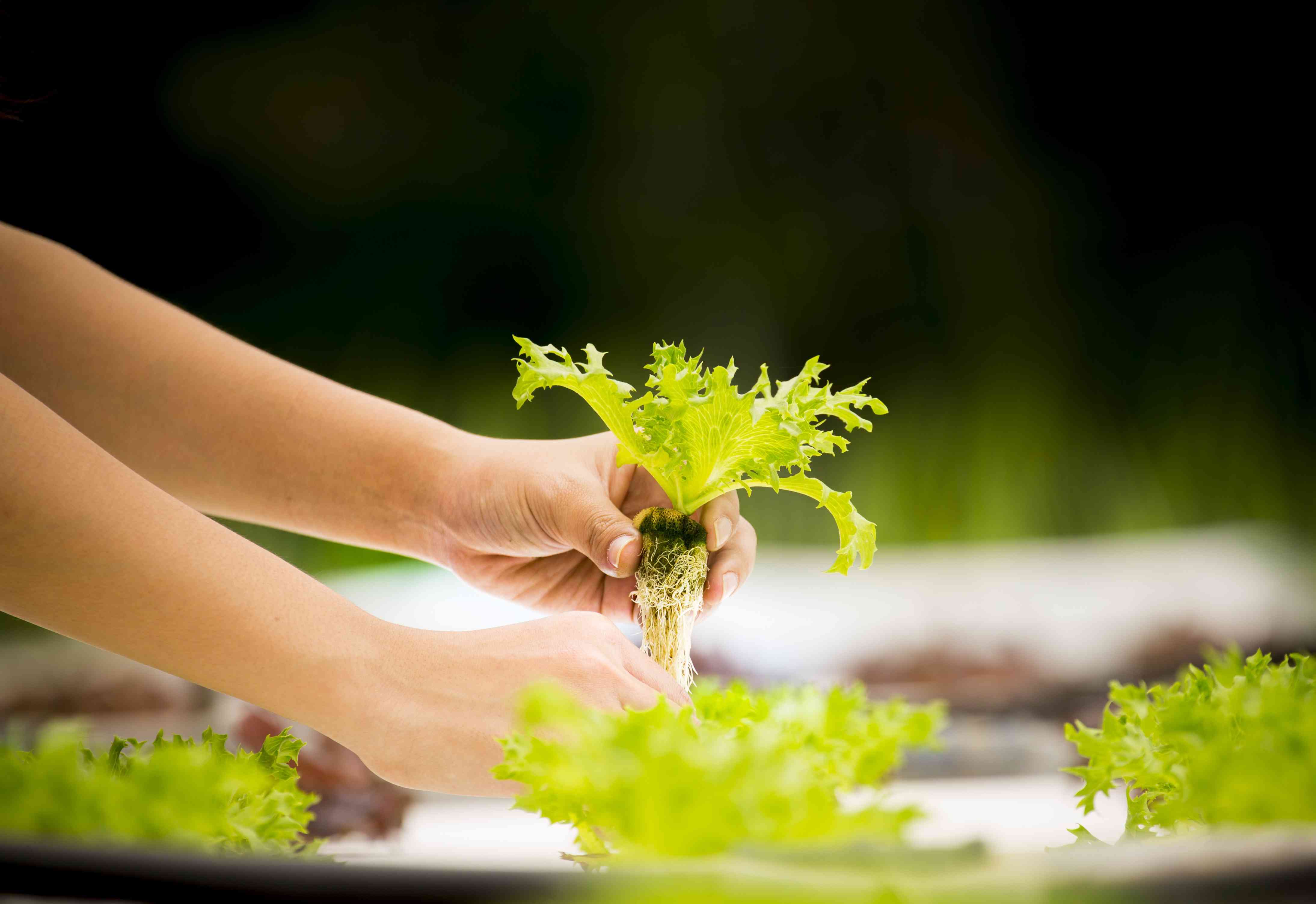
02 April 2024 Tuesday
Hydroponic Systems
HYDROPONIC SYSTEMS
LIQUID (NON-AGGREGATE) HYDROPONIC SYSTEMS
It is a method of growing plants in structures that do not contain any solid medium, in special nutrient solutions or by spraying these nutrient solutions on the plant roots at regular intervals. Hydroponics literally means growing plants in nutrient solution without support. In addition, growing plants in solid media using nutrient solution is also included in the hydroponic system. Apart from this classification, hydroponic systems can also be called open and closed systems. In the open system, the nutrient solution is given to the plant roots once and is not reused. In a closed system, excess solution is collected and circulated.
AGGREGATE HYDROPONIC SYSTEMS
The solid or hard environment required in this system of soilless cultivation consists of locally obtained materials. The selected media materials should be flexible, friable, have good water and air retention capacity and be easily drained. In addition to these features, it must be free from toxins, microorganisms consisting of diseases and pests. In this method, plants; It is placed by sowing or planting in organic or inorganic substrates filled in bags, boats, pots, viols and similar containers. The nutrient solution is given to the environment by drip irrigation or sprinkler irrigation at regular intervals and the plants take water/nutrients from the substrates.
The basic principle in all of these techniques is that solutions containing sufficient nutrients reach the root systems of plants grown without using soil. Nutrient levels are prepared individually according to plant species. It is applied by changing the contents, taking into account the demands of the plants during their development periods.
We can list the advantages of the method as follows:
-Provides enough moisture and air to the root area of the plant. There is no compaction as in soil cultivation. Therefore, the problem of tillage and hoeing is eliminated.
-Weed seeds found in the soil and carried by the soil do not cause any problems in this method. It is possible to control weed seeds carried by the wind. Weed intervention is largely unnecessary.
-The nutrient needs of plants are met with water. Additionally, there is no need for fertilization, and nutrient and fertilizer losses are minimized.
-Equal amounts of water and nutrients are given to all plants. Thus, more homogeneous and uniform results are obtained.
-Provides water economy. An increase in productivity and quality is achieved through balanced irrigation and nutrition.
-Sterilization is easier.
-It is also possible to shift crop production to salty, stony, desert and shallow areas that are not suitable for growing plants.
-By adjusting the doses of nutrients, plants can be kept in the vegetative or generative phase.
-There is no water stress problem for plants.
-Soilless culture cultivation is suitable for automation. Irrigation and fertilization are automated, saving labor.
-In soilless culture cultivation, the pH, salinity, nutrients and air/water ratio of the root environment are balanced.
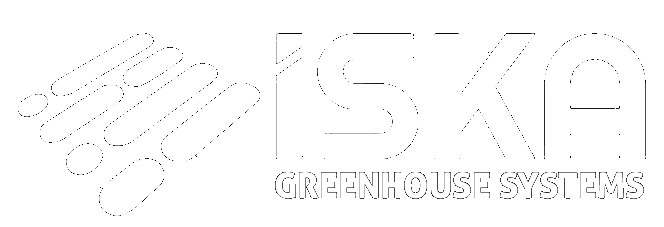

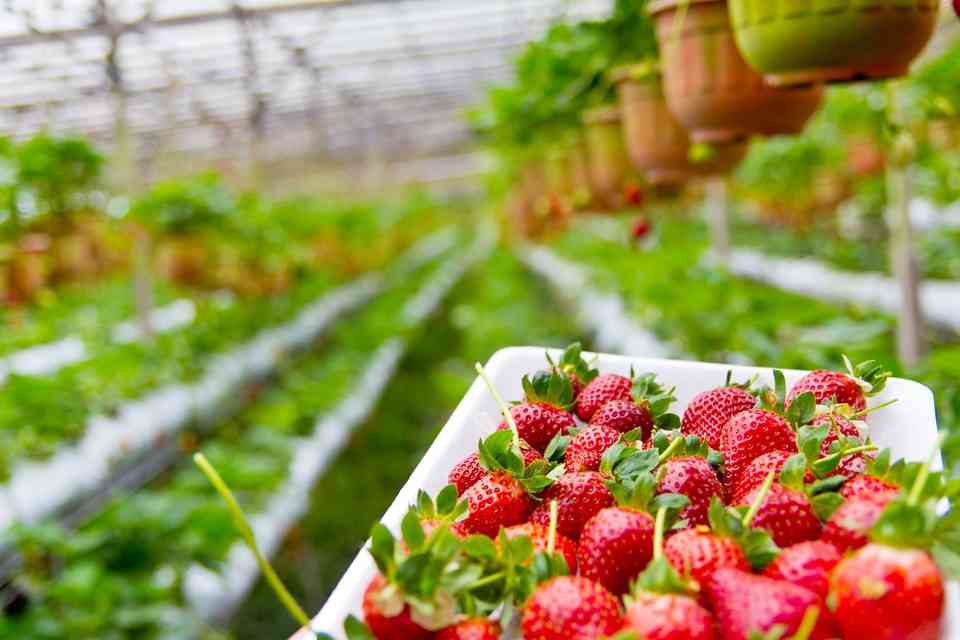
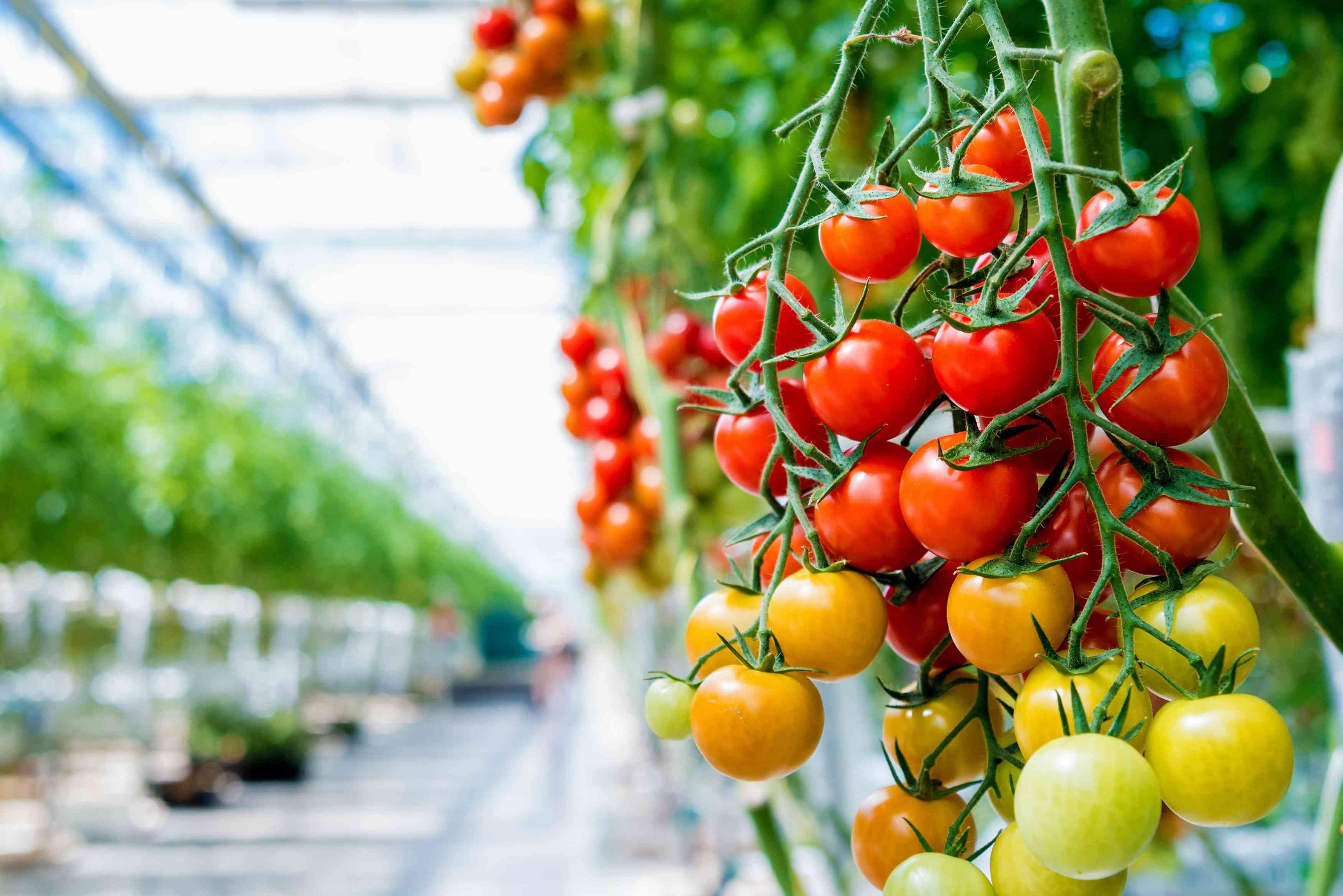


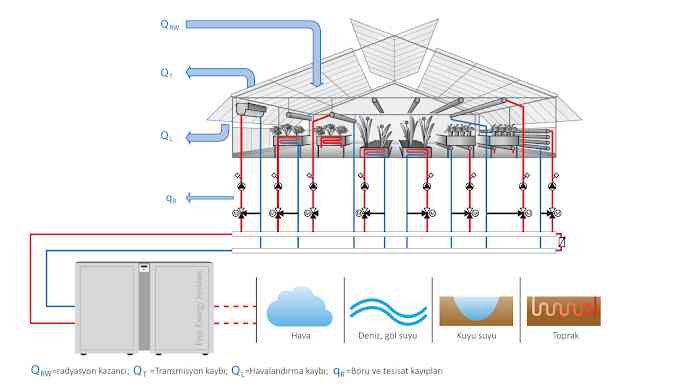


What are you waiting for a profitable investment?
Call Us Now!
444 2 548